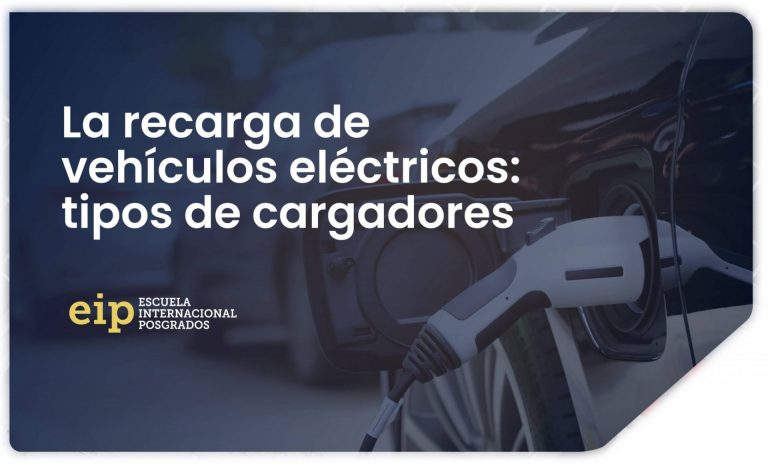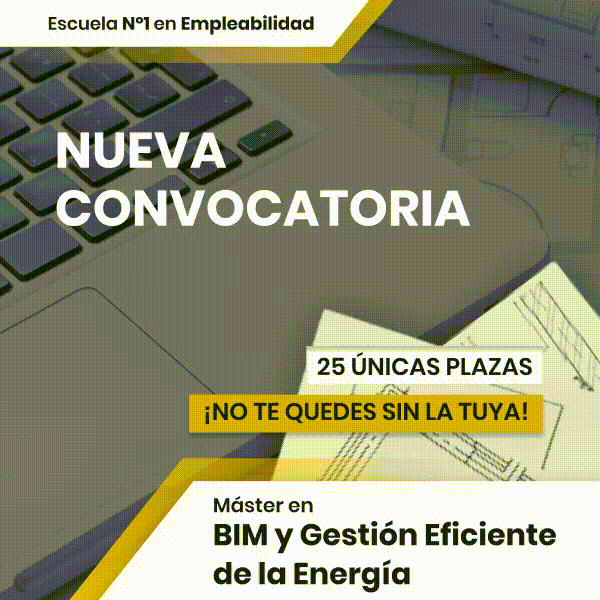He electric vehicle It is no longer part of popular culture science fiction films or a paradigm of the future. The electric car is a reality present in society that has come to stay and is presented as one of the best alternatives to reduce the carbon dioxide footprint that society has on the planet.
Their incorporation into daily life is becoming more and more frequent, making them increasingly visible in cities and roads, just as happened at the time with the appearance of the automobile. hybrid, and with this, it is also more common to find a charging center for these vehicles on any corner.
Main advantages or incentives for purchasing an electric vehicle
Before talking about power sources, let's briefly comment on the main advantages or incentives for purchasing an electric vehicle:
- In many cities and locations (shopping centers, downtown areas, etc.) Parking for these vehicles is free of charge.. And these spaces usually come accompanied by vehicle charging stations.
- In some cities, central areas may be restricted to zero-carbon vehicles, in addition to allow circulation in taxi lanes or bus lanes to speed up traffic.
- The Government's energy management plans are accompanied by economic remunerations in the form of discounts of up to €5,000 on the acquisition of this type of vehicle for encourage your purchase.
- At the tax level, there are a series of benefits, since the circulation taxes of this type of vehicles are Lower than those of fossil vehicles.
- These vehicles They manage to take advantage of the fuel's potential more, since in gasoline or diesel vehicles the full performance of the fuel is not used, having lower maintenance costs. Furthermore, electric charging is cheaper than fossil fuels, despite the incessant rise in electricity prices that we are experiencing. You can visit an article in which we talk about the price of electricity here.
Autonomy, charging location and charging time
The unknowns that always arise when purchasing an electric vehicle are the same: autonomy, charging location and charging time.
The autonomy It depends on several factors, mainly the weight of the vehicle, the capacity of the battery and the technical characteristics of the electric motor (power), and the autonomy may vary depending on the type of driving used.
He charging place Today it can be varied, there are several options, making recharging as simple as that of a Smartphone or Tablet. Broadly speaking, we could make a classification into:
- Home charging: It is the most convenient and profitable, since each user can have a charging station installed in their home or garage (which may be subsidized by the Government), only needing to connect the cable to the car.
- Recharging at the workplace: More and more companies offer this possibility to employees or clients (shopping centers, tourist inns, hotels, etc.), favored by the subsidies and tax advantages of offering this type of services during the work period. .
- Public charging: electric vehicle charging points can be found in urban areas. Many of them are free, while some that can be found in private businesses may be paid (especially those with fast or ultra-fast charging). Many gas stations are also incorporating this service, making the idea of planning a long-distance trip more accessible considering possible stops along the way.
Nowadays, thanks to the ease of access to information provided by the Internet, there are apps and websites that inform us about the location of charging centers in our proximity.
Some examples of these pages are:
Types of chargers for electric cars
But, it is very important to keep in mind that, Not all electric cars have the same type of charger. As with mobile phones, it is necessary to know the type of adapter or plug that we need to be able to charge it. Once it is defined, the charging process is simple.

Currently these are the types of connectors for electric vehicles that exist on the market, each of them is designed for a type of power (high or low) and load (alternating or continuous).
- Type I: charges from 0 to 100% in 7 hours, intensity of 34 A and power of 7.4 kW
- Type II: intensity of 63 A in three-phase and 16 A in single-phase. A car with a power of 50 kW could need about 13 hours to fully charge the battery or 1 hour with the right intensity conditions.
- Combined Type II: With a power of around 50 kW, it can charge a car in 1 hour.
- CHAdeMO type: powers of up to 65 kW with intensities greater than 100 A, being able to charge the battery in a matter of a quarter of an hour.
He recharge time It also depends on the type of loading speed, mainly distinguishing fast/semi-fast and slow:
- Slow Charging: Domestic points with 3-7 kW charging are a type of standardized charging that does not require installation for charging electric vehicles. For this recharge, when purchasing a vehicle, it is accompanied by a cable adapted to home charging.
- Fast/semi-fast charging: Loads from 11 to 22 kW. A semi-fast charge can range between 3 and 6 hours (ambient temperature affects recharge times, being more effective at high temperatures). A 220V AC plug is used (as in Slow Charging) but the installation of charging points is required.




































